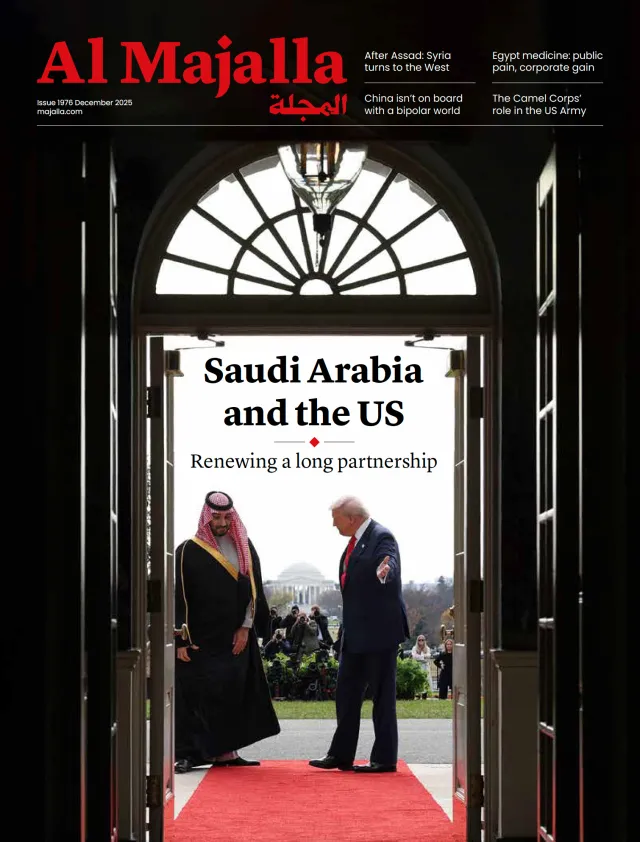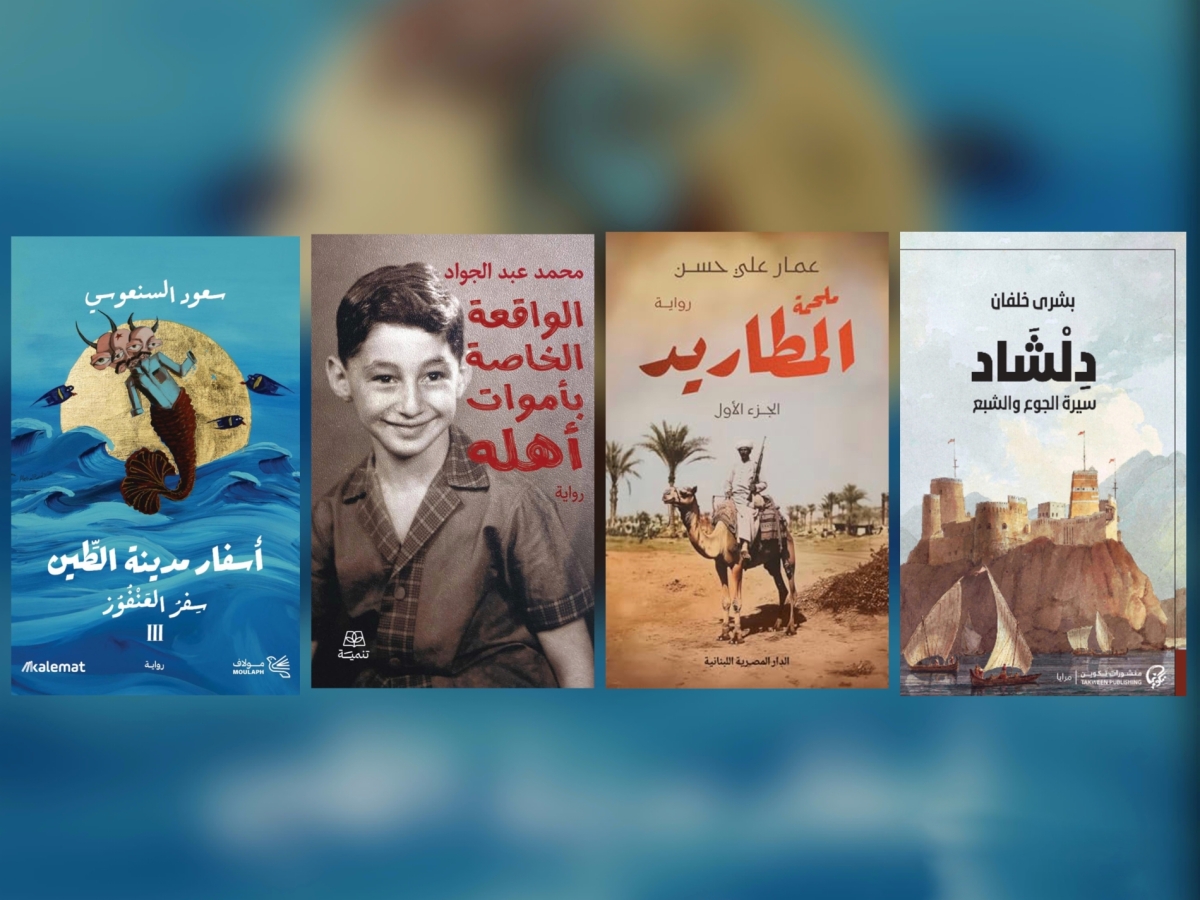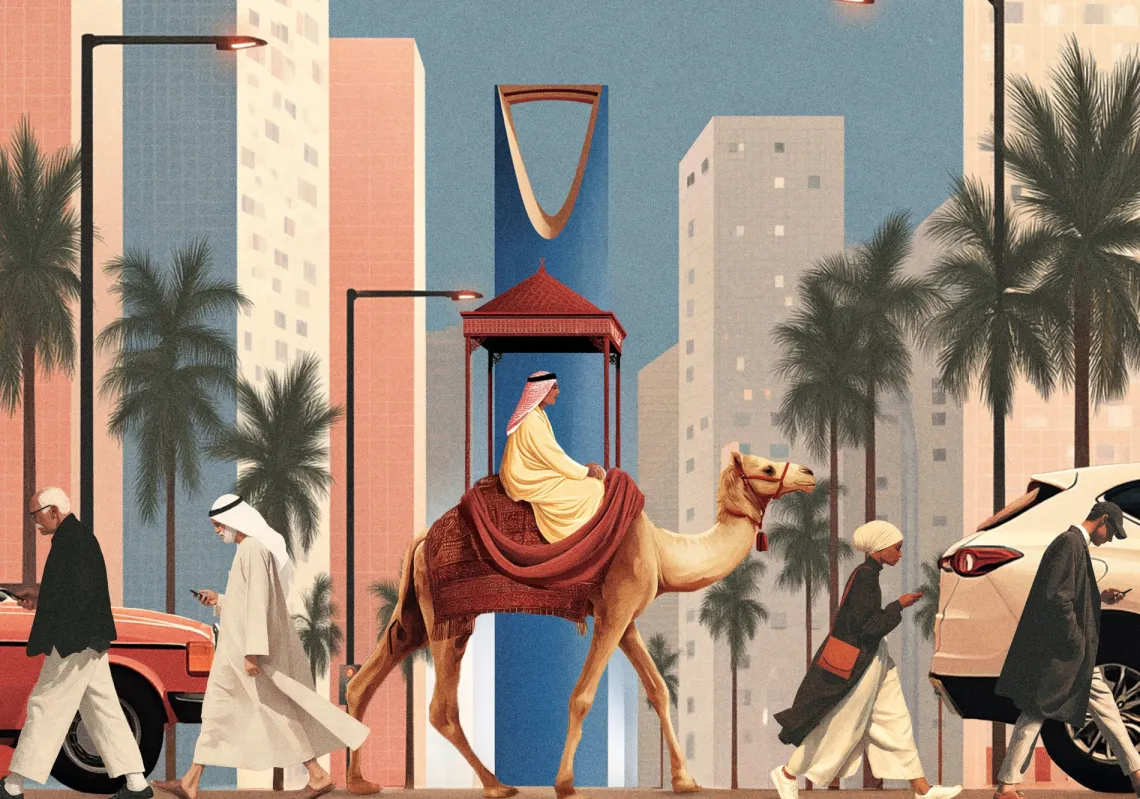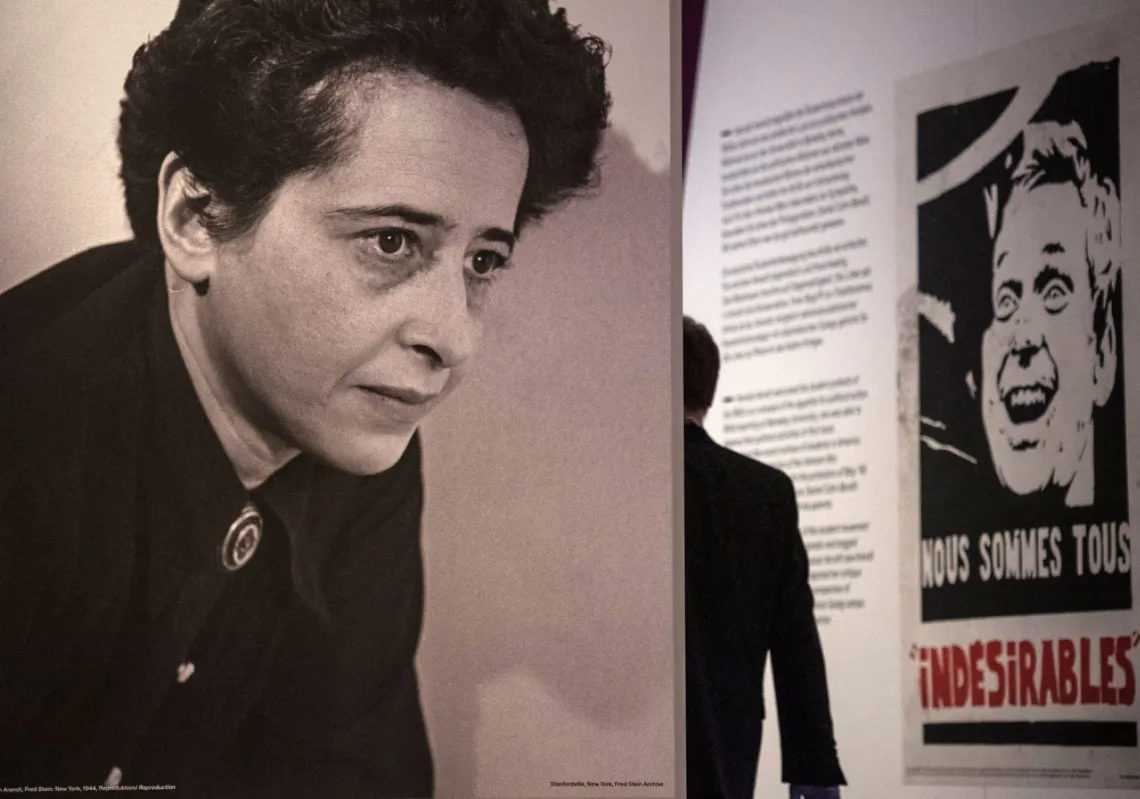In recent years, sprawling, multi-generational epics have made a comeback in Arabic literature. Instead of telling a single story, these ambitious works aim to capture the collective memory of entire generations—sometimes spanning multiple eras—tracing the transformations of time, place and identity across Arab societies.
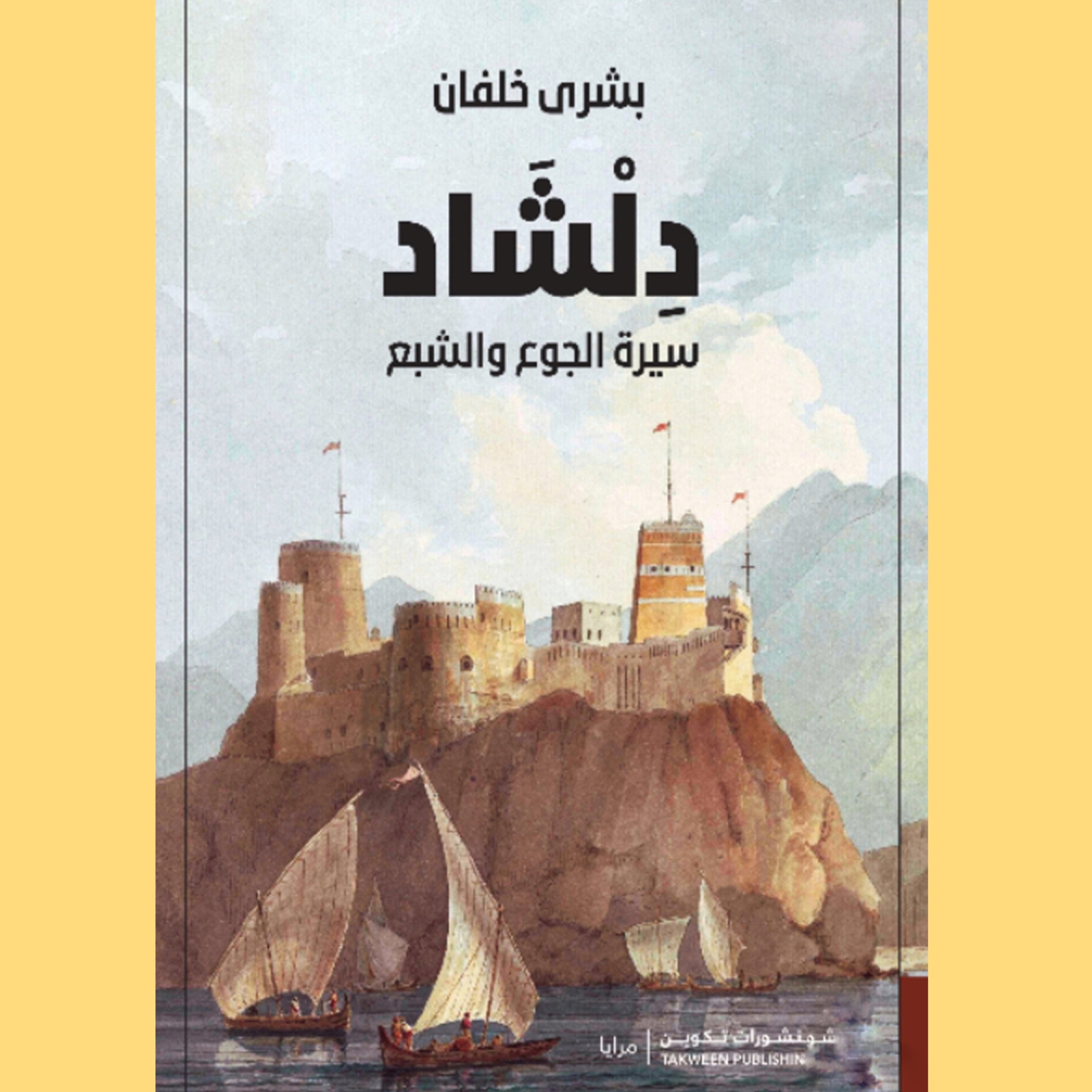
"Dilshad": From a Life of Hunger to a Gilded Existence
Omani novelist Bushra Khalfan delves into the lives of Omanis in the early 20th century. Traversing eras and landscapes, the narrative stretches to the present day, unfolding across two substantial volumes: the first, Dilshad: A Tale of Hunger and Satiety, and the second, A Tale of Blood and Gold.
The story takes readers on a journey through three distinct districts of Muscat—Lughan, Wuljat, and Harat al-Shamal—offering a window into Omani life in a tumultuous period that saw two World Wars and British rule.
The novel opens with the story of its protagonist, Dilshad, a Persian name given to him by his mother, meaning "the laughing one"—a hopeful invocation against life’s cruelty. Yet as the story unfolds, his existence becomes a tapestry of tragedy and hardship, and his laughter is tinged with sorrow.
Dilshad marries a Balochi woman, who dies shortly after giving birth to their daughter, Maryam. Left to raise the child alone, he struggles to secure her future until he is forced to place her in the care of a prosperous man, Abdul Latif, who falls in love with her. He gives her a comfortable and secure life, and Maryam gives birth to a daughter, Farida.
But Maryam's comfortable life gets suddenly upended as war spreads in her district, driving her and her daughter to seek refuge in Harat al-Shamal. Through the novel’s brief chapters, narrated by different characters, we get to see the multifaceted lives of Omanis during this harrowing and often overlooked chapter of history. From the impoverished to the wealthy merchants, an intricate web of relationships seemingly binds them in adversity.
The scattered threads of the first volume coalesce in the second, as Dilshad continues his search for his lost daughter, and Maryam goes through the ups and downs of life. Through her, we meet other faces of the Omani quarter—its humble inhabitants and the affluent merchants whose world she briefly inhabits after marriage and motherhood.
Yet her journey remains one of perpetual motion, mirroring Dilshad’s own restless wanderings. Through her storytelling, Khalfan shows the diverse mosaic of Omani society and shows how people respond differently to twists of fate. By the end, the reader is left yearning to know more about the captivating and richly textured world Khalfan paints.
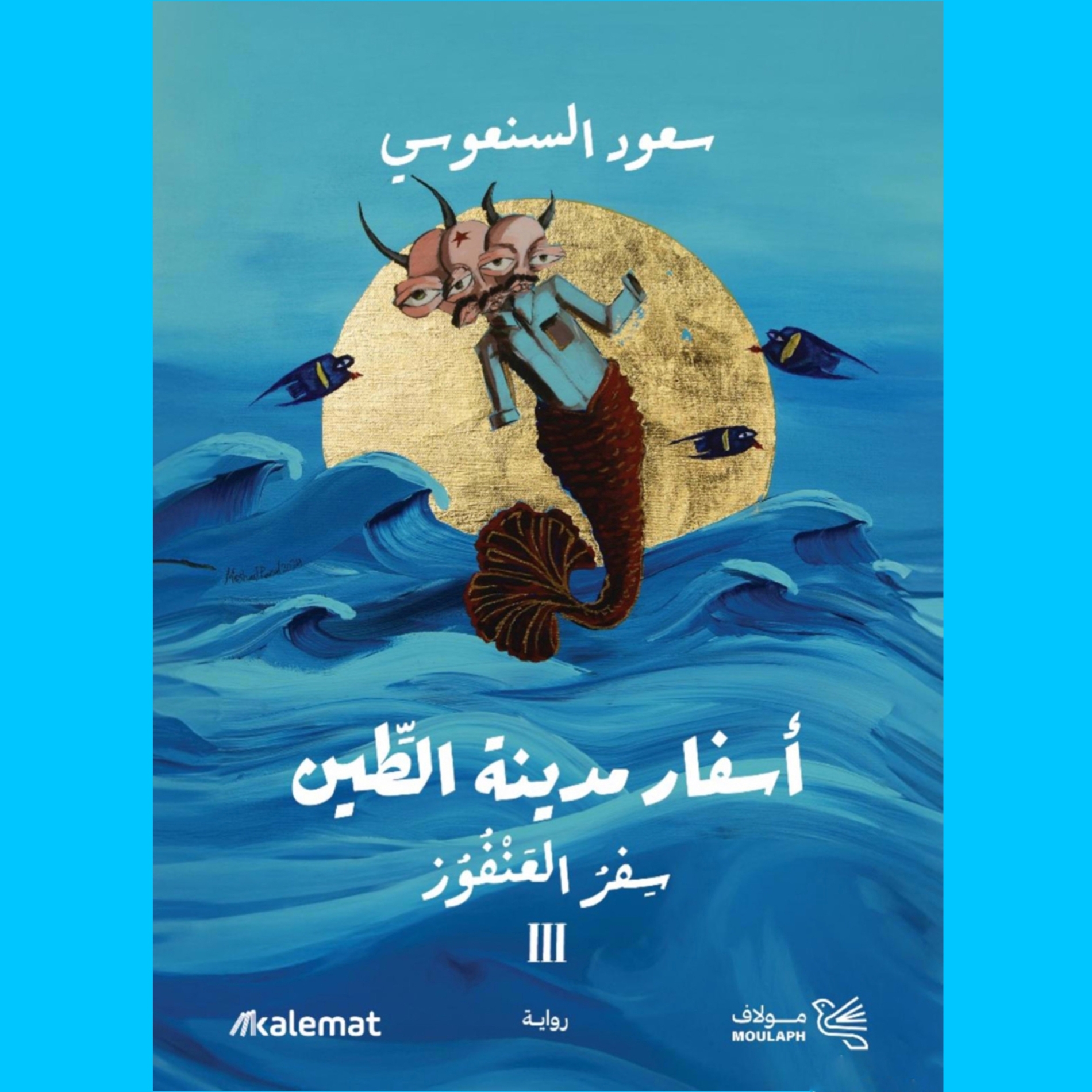
Asfār Madīnat al-Ṭīn: A Literary Chronicle of Kuwait in Three Books
Saud al-Sanousi’s Asfār Madīnat al-Ṭīn (The Books of the City of Clay) is a bold and ambitious literary endeavour—an attempt to tell the history of Kuwaiti society through fiction. Spanning the early 1920s to the final decade of the 20th century, this trilogy revolves around the life of Ṣādiq Bu Ḥadab—a novelist who is attempting to document Kuwait’s past.
We learn early on that Bu Ḥadab's novel had already been banned and censored—a metafictional device among several that al-Sanousi employs to present his imagined world in richly layered and unconventional ways. The trilogy comprises three volumes: The Book of the Tide, The Book of the Cloak, and The Book of the Anfooz.
From the outset, the work exhibits a profound commitment to the historical memory it seeks to restore. Old Kuwait is reimagined through a constellation of local legends: the tale of a mysterious cloak found at sea, once believed to be a jinn; the term tibbaʿ, from the local dialect, referring to pearl diving, with divers making between seven and ten descents per expedition; and the anfooz, a rare iridescent fish whose radiant hues fade to dull grey once removed from the water. This fish becomes a powerful metaphor for the novel’s protagonist, Sulaymān, who—like the anfooz—loses his essence after leaving his homeland.
In this trilogy, al-Sanousi skilfully fuses historical reconstruction with imaginative literary invention. He also introduces original narrative elements, most notably al-Asdūs—a fictional day that falls between Thursday and Friday. This invented day offers a temporal loophole—a narrative space that transcends chronology—where the author is free to push the bounds of imagination.
The reader is also plunged into the realm of the ṣājāt—female fortune-tellers whose cryptic pronouncements subtly steer the course of events in a society that, though seemingly simple, has rich oral, spiritual and cultural traditions that include sea shanties, desert songs, and traditional dances performed for all types of occasions ranging from war to fishing expeditions. The distinct melodies and ceremonial rhythms are believed to help steer the fate of each event.
Across its three volumes, Asfār Madīnat al-Ṭīn gives a comprehensive overview of Kuwait’s rich social, cultural, and historical landscape. Through engrossing narrative and a sharp eye for detail, al-Sanousi chronicles the customs, beliefs, and everyday rhythms of a lost era. The result is a richly layered and resonant literary work that animates the collective memory of a place, its people, and its time.
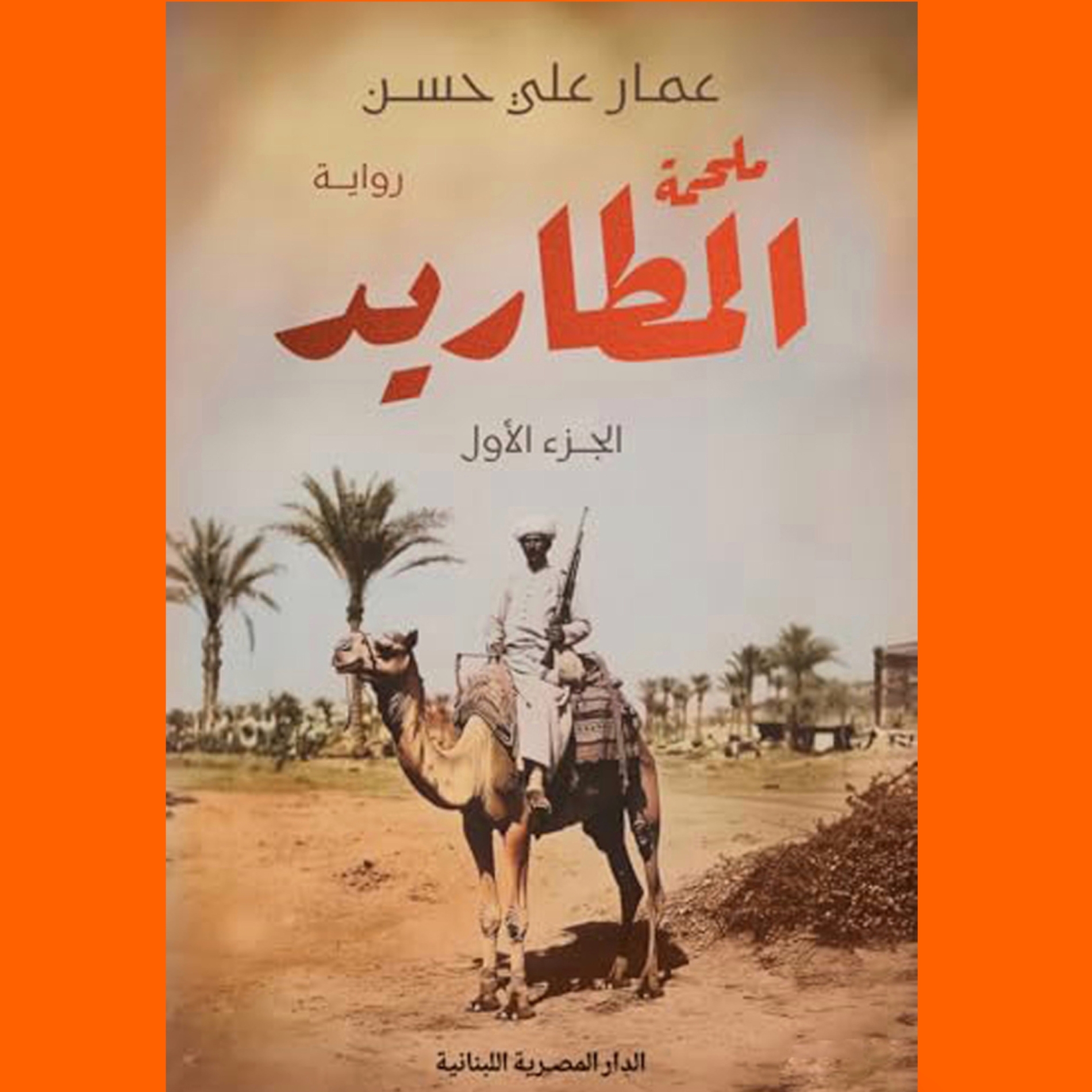
The Outlaws' Saga: An Epic Chronicle of Rural Egypt
In The Outlaws' Saga”(Malḥamat al-Maṭārīd), Ammar Ali Hassan crafts more than a generational portrait—he weaves an expansive historical tapestry, tracing five generations of upheaval and resilience in Upper Egypt. Divided into three movements, the novel follows a bitter feud between the al-Ṣawwābir and al-Jawābir families, beginning in the mythical founding of Najel-Majādhīb—a village born outside time. Here, fate intertwines with the land, producing figures like Riḍwān al-Ṣābir and Ibrāhīm al-Jābir, whose rivalry cascades through their descendants, etching conflict into the soil itself.
Sixteen distinct yet interconnected narratives unfold across the novel, each a window into the lives of peasants bound to the earth and buffeted by the forces of nature and empire. Hassan meticulously documents the evolution of land ownership— from Ottoman iltizām (tax farming) to the reforms of Muhammad Ali—revealing how power reshaped the fellahin’s (farmer's) existence. The Nile emerges as both a lifeline and adversary, its floods and droughts forging a people hardened by struggle yet sustained by ritual, faith, and an unyielding connection to their fields.
The novel pulses with historical authenticity, capturing the spiritual and social fabric of rural Egypt. It illuminates the world of Sufi majādhīb (mystics), the sway of local sheikhs and merchants, and the quiet resistance of those who work the land. Central to the narrative is the al-Ṣawwābir clan, whose oral traditions become acts of defiance—a means to reclaim their heritage which was robbed from them. Their stories, handed down through generations, serve as deeds to the land—far more enduring than any inked parchment.
Yet The Outlaws' Saga transcends its setting. It is a universal parable of power and dispossession, where the struggle for dirt and water mirrors humanity’s oldest conflicts. Hassan’s villagers are neither romanticised nor pitied; they are fighters who bend but seldom break. Their defeats are tempered by small victories—their endurance a testament to the dignity of those who refuse to vanish.
With prose as rich as the Nile’s silt, Hassan resurrects a vanishing world. His characters—proud, flawed, and fiercely human—demand not just sympathy but witness. In their battles, we see every marginalised person who has clung to their place in the world, insisting, against all odds: this land is ours.
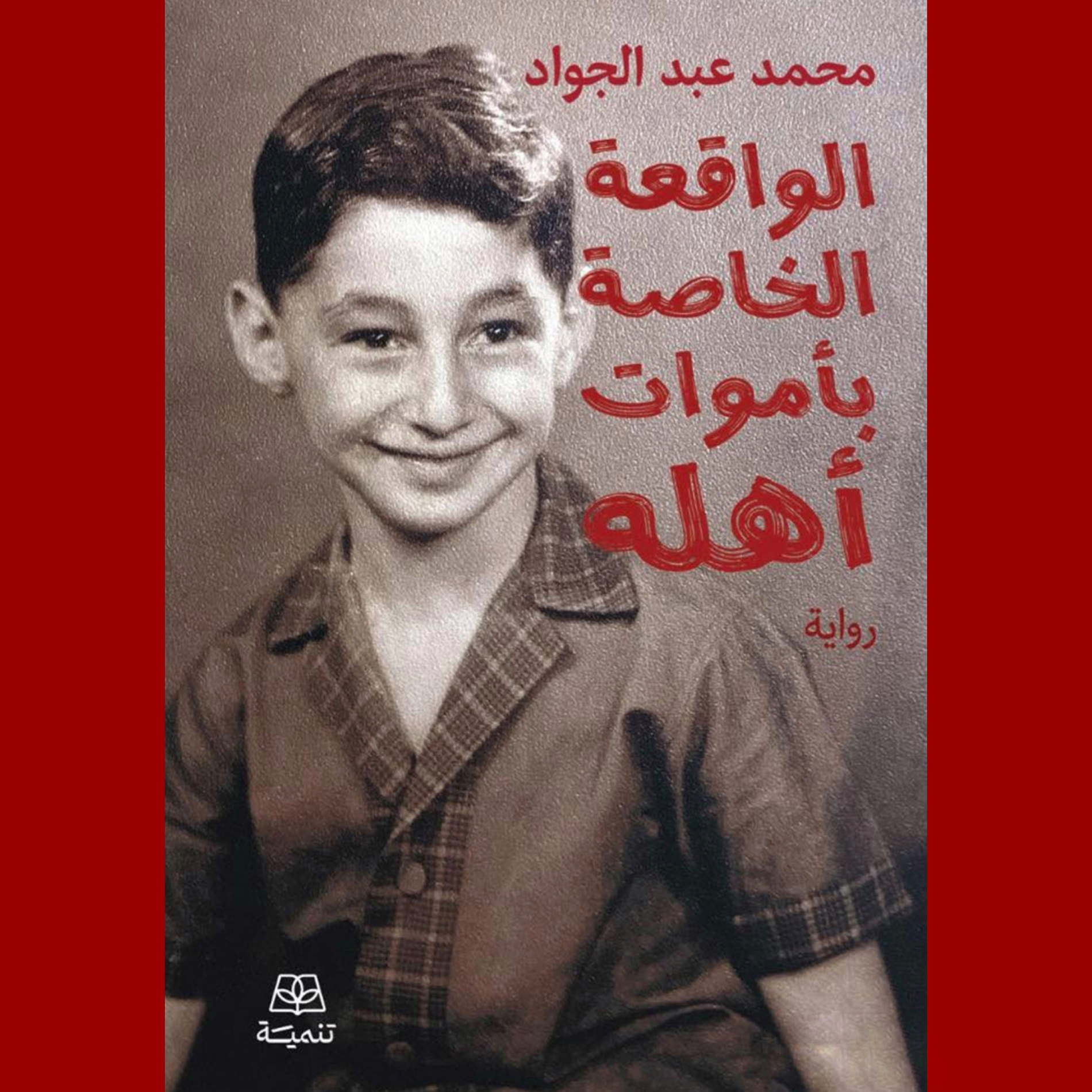
The Mysterious Incident Concerning His Family's Departed
Mohamed Abdel-Gawad’s novel, The Mysterious Incident Concerning His Family's Departed, unfolds from the heart of Cairo—particularly its working-class quarters—to chart the evolution of an old and well-known Egyptian family: the Al-Rozz Family. Through their lineage, the novel mirrors the sweeping societal transformations that have shaped Egypt from the early to late 20th century, offering a multifaceted portrait of the capital along the way.
The story begins with a Turkish family that settles in Cairo during a time when the city served as a cosmopolitan haven for diverse ethnic and communal identities. The patriarch, Ramadan Al-Rozz, sets up his business in the Sayyida Zaynab district and has three children: Hassan, Hussein, and Amina. When he later passes away, tensions among the siblings quickly surface. Hassan and Amina remain tied to the family legacy—Hassan becomes a respected judge after graduating from law school, while Amina rises through the ranks of the Ministry of Religious Endowments to become one of the most influential women in the country. For his part, Hussein, the middle child, is drawn to independence and unconventional ventures.
Later, Hassan and Amina relocate to Alexandria, where Amina marries Darwish Abdel-Ghani, a young prosecutor. The July 1952 Revolution soon shakes up the political landscape, disrupting ties between the judiciary and the Free Officers. The couple returns to Cairo, while Hassan—disillusioned by the new order—gradually fades from public life and dies, leaving the family’s legacy to be carried forward by Amina and Hussein.
With Hassan’s death, the narrative shifts to focus on Hussein Al-Rozz, who emerges as the novel’s central and most captivating character. Full of contradictions from childhood through old age, Hussein has a penchant for thrills and women, moving from one wild adventure to the next with carefree abandon. He is never wholly embraced by his family, yet never fully cast out. His enigmatic presence keeps readers captivated through the novel’s twists and towards the pivotal moment that gives it its title: The Mysterious Incident Concerning His Family's Departed.
This incident is catalysed by a government decision to relocate the Al-Rozz family cemetery as part of a broader urban redevelopment scheme in Cairo. In a moment of deep irony, Amina—long estranged from her brother—finds herself seeking refuge in the burial plot of the very sibling she had distanced herself from. Here, the novel circles back to its central theme, as a meditation on exile, death, and memory. After a journey through familial discord and social change, the reader is reminded that this has always been a story about his family’s departed—a haunting return underscored by sorrow and reflection.
Running parallel to this familial arc is the narrative of the younger generations, beginning with Amina’s daughter, Badr al-Shuhwar, who seeks to reconnect with her uncle Hussein and uncover the secrets of his past.
Her son, Saif al-Din—whom Hussein regards as a spiritual grandson—embodies the generation of the 1990s and beyond: a product of the digital age, shaped by the political realities of the Mubarak era. Through Saif, the novel captures Egypt’s shifting relationship with the state: from Amina’s foray into parliamentary politics and her daughter’s growing disillusionment with the ruling National Democratic Party, to the rise of opposition movements like Kefaya and the eventual outbreak of the revolution—mirroring the fractures within the Al-Rozz family and the wider fragmentation of Egyptian society.
What ultimately distinguishes this novel is its compelling dramatic sensibility, its candid portrayal of characters, and its nuanced narrative lens. Abdel-Gawad captures the metamorphosis of Cairo in the span of a century—a city of the living and the dead—marked by upheaval, memory, and change.

